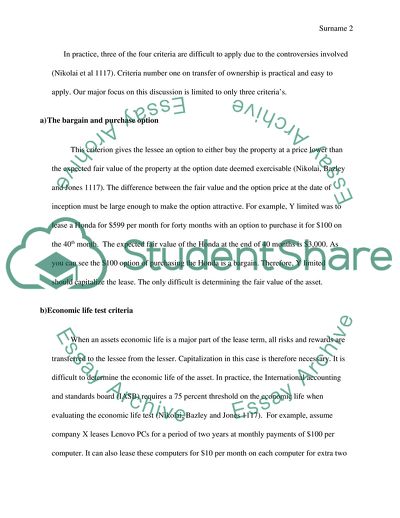Cite this document
(Advanced Accounting Theory and Practice Assignment, n.d.)
Advanced Accounting Theory and Practice Assignment. https://studentshare.org/finance-accounting/1798299-advanced-accounting-theory-and-practice
Advanced Accounting Theory and Practice Assignment. https://studentshare.org/finance-accounting/1798299-advanced-accounting-theory-and-practice
(Advanced Accounting Theory and Practice Assignment)
Advanced Accounting Theory and Practice Assignment. https://studentshare.org/finance-accounting/1798299-advanced-accounting-theory-and-practice.
Advanced Accounting Theory and Practice Assignment. https://studentshare.org/finance-accounting/1798299-advanced-accounting-theory-and-practice.
“Advanced Accounting Theory and Practice Assignment”. https://studentshare.org/finance-accounting/1798299-advanced-accounting-theory-and-practice.


